Spheres
Homes. Gods. Everything.
Physiology and behavior
Another strange similarity between Spheres lies in their physiology. They all follow benthic cycles, though with different length, and seem to reproduce in similar ways. Another common trait, not as universal as the previous two, is their motility. A large number of Sphere simply floats around, following aimlessly the currents. It is not because they're devoid of propeller limbs. The main job of spheriers is actually to activate those limbs to make the Sphere move wherever they wish. Maybe is it too much of an effort and extensive swimming might cause harm to the creature, so they don't abuse their powers.
Some Spheres are different, endowed with fins or tentacles dedicated to swimming. They have a way faster rythm, thus are among the smallest and usually slender. It comes to no surprise that these Spheres represent the majority of predator Spheres.
Spheres can eat just about anything, with the exception of the hard shell of surfaceans. They have multiple tools to help them gathering enough nutrients for their enormous bodies, but with almost each Sphere comes one strategy. Few use active hunting, prefering a passive approach of a myriad of sensors along its extremities, sometimes with adhesive or poisonous ends. Others have merely gigantic mouths that swallows everything in its path. More realistically the majority of the Spheres combines different strategies for a better efficiency.
Benthic cycles
These cycle have, in fact, nothing remotely benthic. Truth be told, they are more of epipelagic cycles. Once in a while, the gas escapes from the membrane and it slowly deflates. When that occurs, the Sphere naturally guides itself towards the shallows, at a highest point than ever.
There, the flattened creature floats for some time, replenishing its gas capacity. While the exact process is unknown, the Spheres are able to synthetize its inner gas from the oxygen-rich shallow water. It is a lengthy work, where the Sphere is highly vulnerable. Luckily for them, active Spheres have trouble going up here, and its inhabitants fiercely defends their home.
The passive period of a benthic cycle is equal to approximately a tenth of its active period and its duration is mostly influenced by the volume of the membrane, the smallest Spheres spending the shortest time up there.
Reproduction
Or so is it called. Spheres live in a totally different realm of life and time. Their lifespan is so great that they look immortals to most other species. As a matter of fact, noone ever saw a Sphere dying of old age. For all they know, the difference between Spheres may be simply distinct stages of their lives. However, since they seem to produce offsprings on a regular basis, it is admitted that they are all mature ones.
Are they parasites merely defending their host, parts of the main body dividing for the same purpose or offsprings released in the event of a fatal benthic cycle ? This was another great enigma until scholars decided to settle on the latter. Before ascending to the shallows, multiple creatures are ejected from the shell of the Sphere. Their number range from a dozen to thousands in the bigger Spheres like Oblogga. They are very close to their progenitor in appearance, despite the shell making up for the major part of the body, and a membrane so small it allows for two passengers at most.
Semi-autonomous, they can't wander far from the Sphere in their early life, just like little kids depending on their mother. After a while, when they are old enough to follow it by their own means, the Sphere leads them to the shallows. During the passive phase, they stand guard around the main body, fending fiercely any intruder. Although young, they are fine and swift warriors, threatening even to other Spheres. Later, when the new cycle begins, they are free to go and live their own lives. Given they escape from the festival, of course.
"When I was a child, I was jealous of these things. I mean, can you imagine it, to cross the ocean by yourself, with nothing holding you back ? Nothing pinning you down ? — You're saying you're not jealous anymore ? — Nah, I'm freeer than them now, because I'm aware of my liberty."
Mature offsprings or skips are not totally autonomous. They can only be by themselves for so long, and must come back to a Sphere from time to time, to rest and feed. It is not mandatory for them to return to their original Sphere, but some are incompatible. Either their anatomy is too divergent or the sizes simply don't match. Then, after some time, they grow self-sufficient and bigger, welcoming several people onboard. And if you wait long enough, they will become whole new Sphere, entering a new stage of their lives.
Their growth is so long that to tame a Sphere, several generations of spheriers are needed. Sometimes in the festival, an offspring is chosen by a family of spheriers and become its great project for the next hundred cycles.
Vessels of civilisation
When all hope was lost, they turned to their guardians, the great deities of the oceans, and begged for their mercy one last time.
Did the Spheres exist before the apocalypse or were they another consequence ? Even the greatest scholars have failed to answer this question, so much it became a rhetorical one : "Who came first, the Spheres or the Apocalypse ?" One thing is for sure, every civilisation that survived the cataclysm did so thanks to the Spheres.
To hunt or to be hunted ?
Even the great Spheres aren't safe from this old saying. It is possible to roughly classify Spheres between two categories : The Predators and the Placids. The first are a threat to the latter, seeking actively to feast upon their kind.
Fortunately, they are few in number, and the world is currently in a fickle equilibrium. The weakest placid Spheres have long been hunted down, and the remaining ones are too much for a single predator. With no choice but to turn against each others, predator Spheres may become endangered in a near future. But should they set aside their hostility and form a pack, the Expanse would turn once again into a bloody mess.
Distant origin
The term "benthic" is actually outdated, having lost its sense since the Apocalypse. It is said that in the ancient times, the Spheres went to elevated places, laying on a seafloor in the epipelagic zone. Therefore, they were truly benthic during their passive phase, though less vulnerable than they are now. Later, even after these places disappeared, the term stayed behind, raising many interrogation in younglings' heads.
Some spheriers seek to perpetuate the original meaning of the word, bringing their Spheres to the few rocky places that exists, such as the Spire or the Heavenly Yard
Catch the skip !
The beginning of a new cycle is the time for a big festival, the Catch of the cycle. Every aspiring skippers go out of the Sphere to reach out for an offspring, then enter the membrane and connect to its mind, in a way close to the one of the spheriers. However, the offspring is not entirely tamed, but share a synergic relationship with the skipper, therefore becoming a skip once the ritual is achieved.
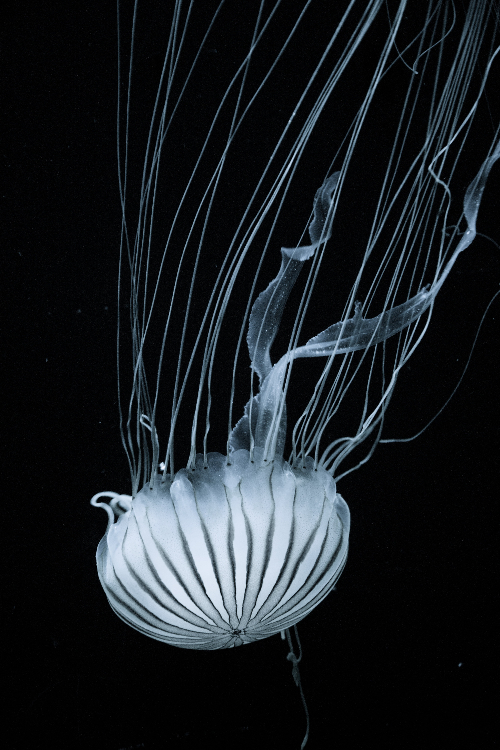
On naming things
The old term used to refer to the people living in a Sphere was the same, just with less emphasis. Due to confusion and misunderstanding, a new idiom was prefered, and by now these communities are designed as Spherias

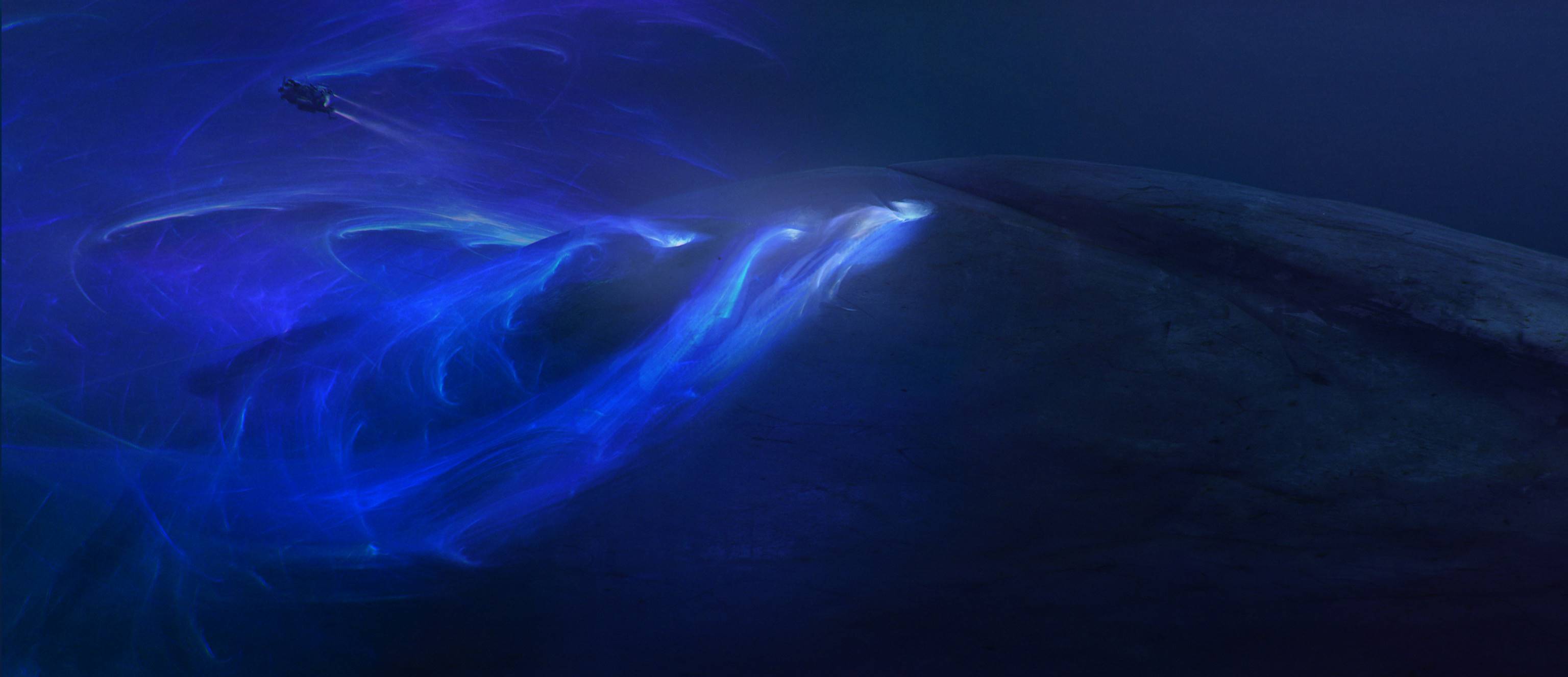
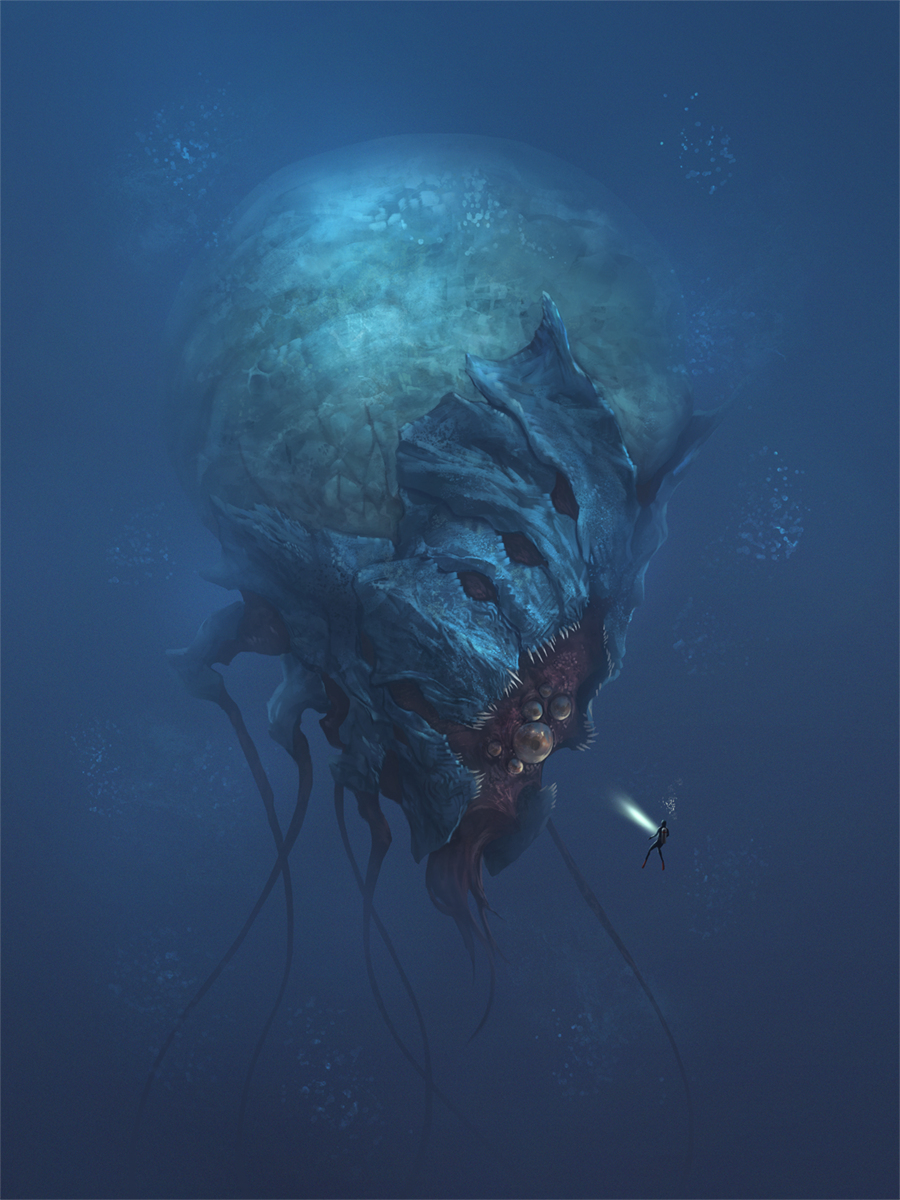

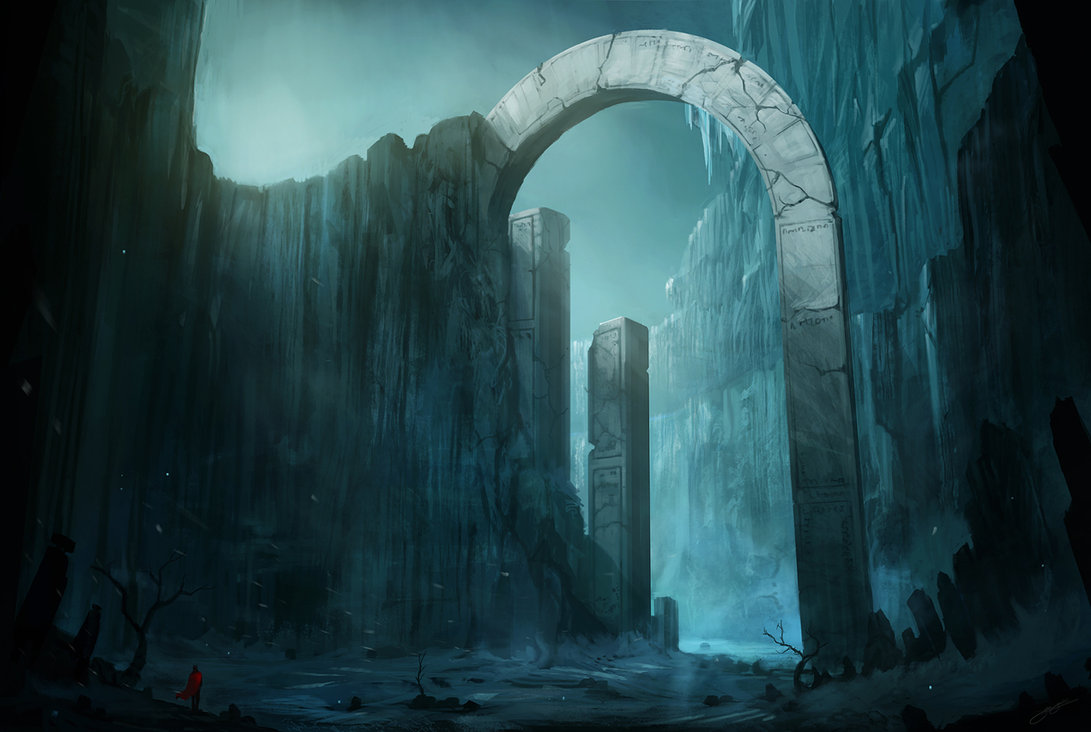
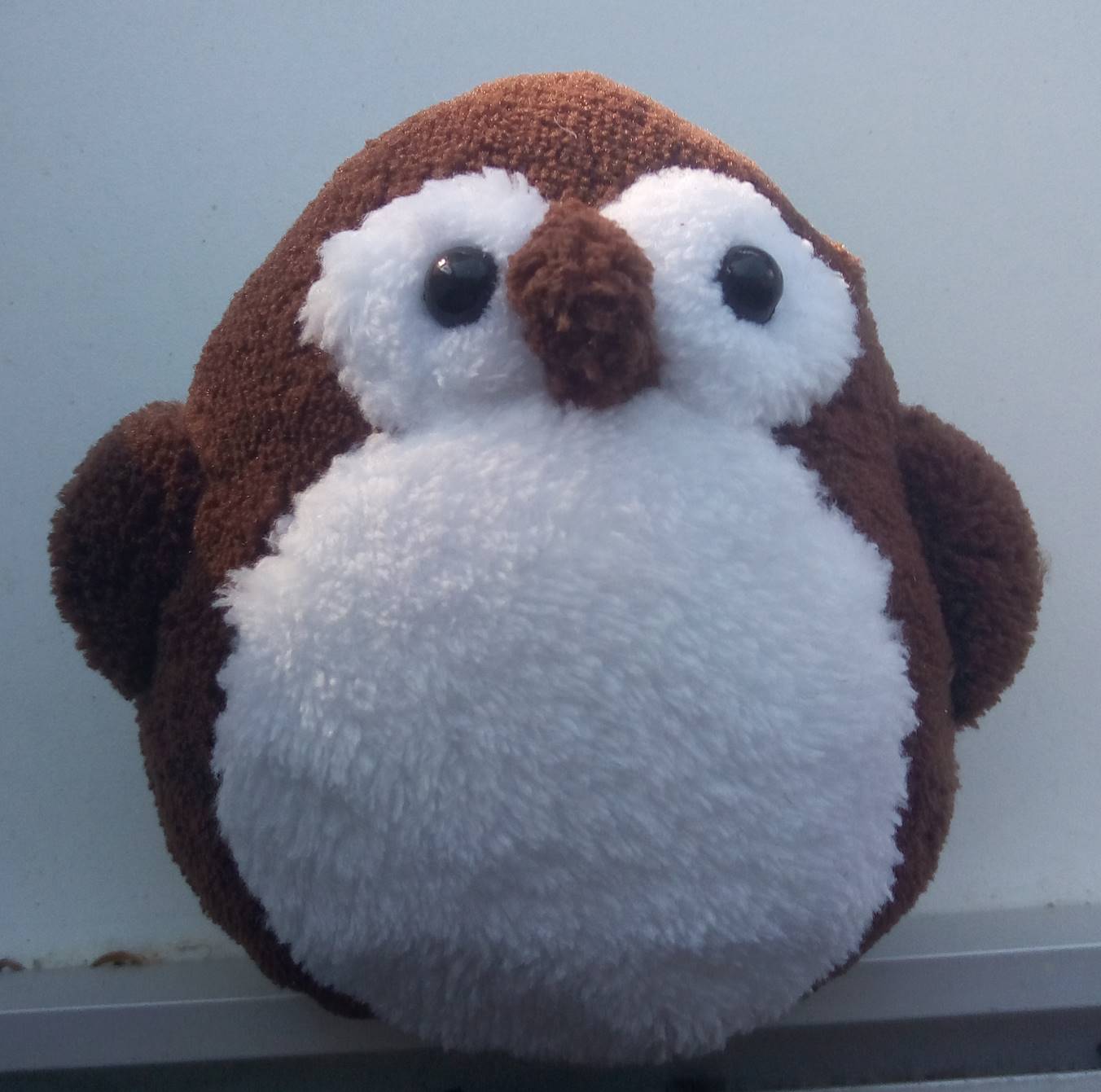

Fantastic read and great work on making these spheres feel alive! I wonder what it is like to live in/on one of these units. ^^ Keep up the good work! :D
Thank you for your encouragement! It sure is a peculiar experience, especially on the bigger ones where it's easy to forget you're on a giant being.